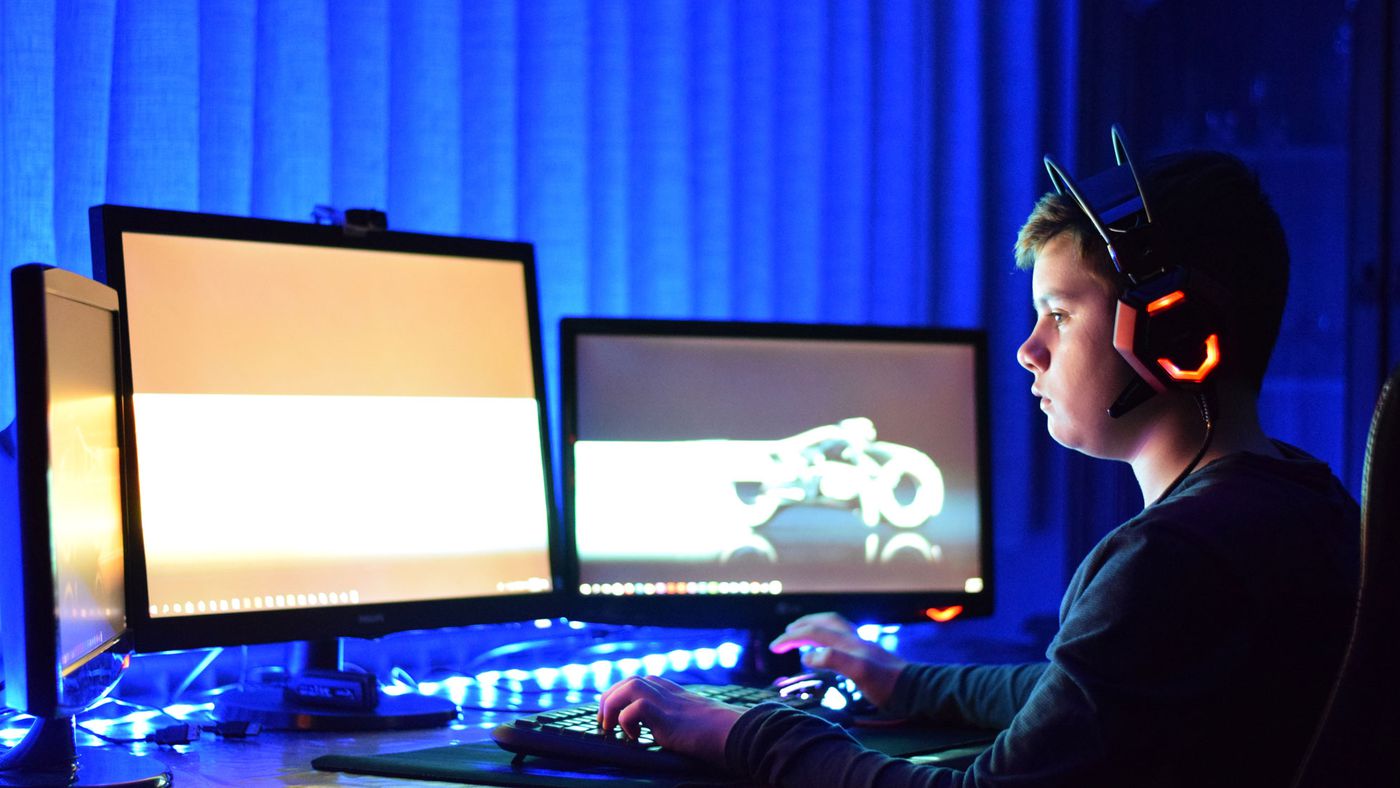Of course, you’ve probably had moments when the room was either too dark or too bright, and you needed to change the brightness of your computer screen.
Adjusting the brightness not only helps save battery and make your computer last longer, but it also stops your eyes from getting tired when the screen is too bright.
How to adjust computer screen brightness by using the keyboard shortcut
- Some notebooks can adjust the brightness via a keyboard shortcut. To perform this action, find which keys have the brightness icon and press them. Some models require a sequence of buttons to be pressed, such as “Fn” and the button with the Brightness icon. The most common options can be “F1” and “F2”, or “F11” and “F12”.
- Once this is done, the indicator will be displayed on the screen, and you can change the brightness of the computer with the mouse or buttons.
How to adjust computer screen brightness through Action Center
- Open Windows 10’s “Action Center” next to “Date & Time” in the bottom menu bar.
- With the tab open, you can adjust your PC’s brightness by tweaking the slider (slider) below the setting icons.
How to adjust computer screen brightness through Settings
- In the “Start” menu, access the “Settings” tab of Windows 10 and select the “System” option.
- In the left side menu, open the “Video” tab and change the slider (slider) of the “Change inner screen brightness” option to adjust the brightness.
How to adjust computer screen brightness based on battery
- In the “Start” menu, access the “Settings” tab of Windows 10 and select the “System” option.
- In the left side menu, open the “Battery” tab and check the option “Reduce screen brightness in battery saving mode.” With this option enabled, the screen brightness will be reduced every time the notebook enters “Battery Saving” mode.
Now, you can adjust your computer’s brightness in four different ways.





